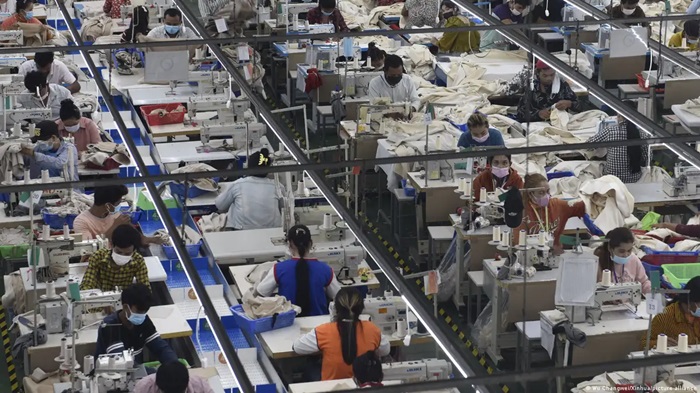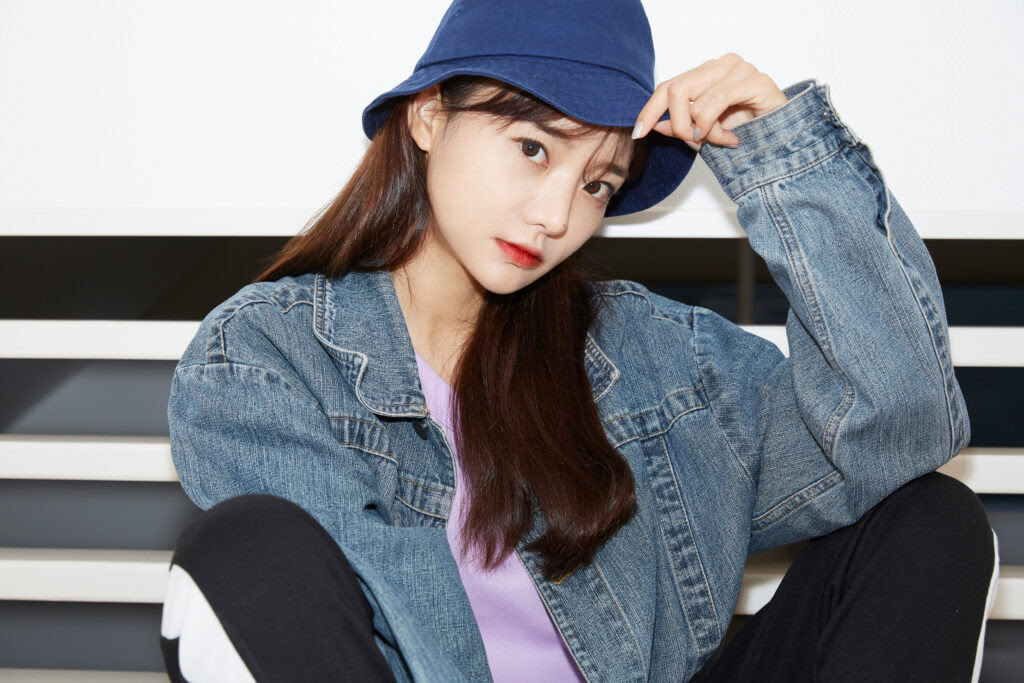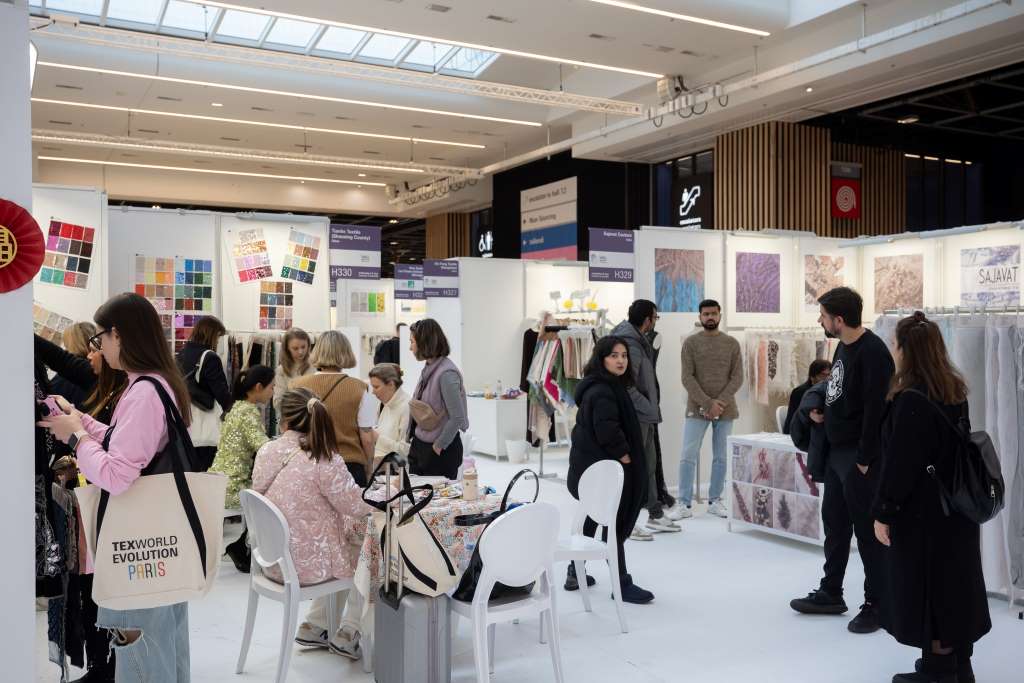
The Women’s Apparel market stands as a dynamic force within the global fashion industry, embracing a plethora of clothing and accessories to suit diverse style preferences and lifestyles. Reflecting evolving fashion trends, cultural influences, and consumer demands, it serves as a canvas for personal expression and identity. With a forecasted expansion at a CAGR of 4.9 per cent, reaching $5,958.6 million by 2031 according to Persistence Market Research, this market thrives amidst the influence of social media, e-commerce, and sustainability concerns.
Factors driving market growth
Shifting Fashion Trends and Consumer Preferences: Fashion trends evolve incessantly, propelled by cultural shifts and social media. Women's apparel brands adapt to these trends, offering collections that resonate with consumers' desires for style, comfort, and versatility.
Rise of E-Commerce and Digital Retailing: E-commerce platforms redefine the shopping experience, providing convenience and personalized options. Features like virtual try-ons enhance accessibility and drive the growth of digital Women’s Apparel market.
Influence of Social Media and Influencer Marketing: Social media platforms wield significant influence over fashion preferences. Collaborations between brands and influencers amplify brand reach and drive product discovery, reshaping the digital landscape of the Women’s Apparel market.
Emphasis on Sustainability and Ethical Fashion: Growing awareness of environmental issues fuels demand for sustainable and ethically produced apparel. Consumers seek transparency and eco-friendly practices, favoring brands that prioritize ethical sourcing and environmentally responsible manufacturing.
Fashioning trends with style and substance
The women’s apparel market is a vibrant tapestry influenced by changing trends, consumer preferences, and societal norms. Inclusivity emerges as a significant opportunity, with rising demand for clothing options that cater to diverse body types and backgrounds. Manufacturers can capitalize by offering inclusive sizing and adaptive clothing, fostering an empowering shopping experience for all women.
Moreover, sustainability drives consumer interest, leading to a demand for eco-friendly practices. Brands adopting sustainable materials and transparent manufacturing processes build trust and loyalty among environmentally conscious consumers, contributing to positive change in the fashion industry.
Additionally, innovation fuels market growth, with a focus on functional and versatile designs. Advanced fabrics and technology-driven solutions meet the needs of modern consumers, enhancing comfort and convenience in clothing choices.
Market trends
The demand for sustainable and ethically produced clothing is on the rise, influencing purchasing decisions and shaping brand loyalty among environmentally conscious consumers.
Online platforms and digital marketing play a significant role in shaping consumer preferences and driving fashion trends, offering seamless shopping experiences for digital-savvy consumers.
Market challenges
The challenge lies in balancing the demand for fast, affordable fashion with sustainability goals. Addressing issues such as textile waste and labor exploitation requires investment in sustainable practices and circular economy initiatives.
Historically, limited size ranges have excluded many body types from mainstream fashion offerings. Apparel brands are responding by expanding size options and embracing body-positive messaging to promote inclusivity.
Latest developments
Recent advancements focus on innovation and personalization, with brands investing in sustainable materials and offering customizable options. Circular fashion initiatives further promote sustainability, while personalized shopping experiences enhance customer engagement and satisfaction.
The Women’s Apparel market stands at the intersection of style, sustainability, and innovation. With evolving trends and consumer demands, brands have the opportunity to shape the future of fashion while embracing inclusivity, sustainability, and technological advancements. As the market continues to evolve, adaptation and innovation will be key to staying ahead in this dynamic industry.












